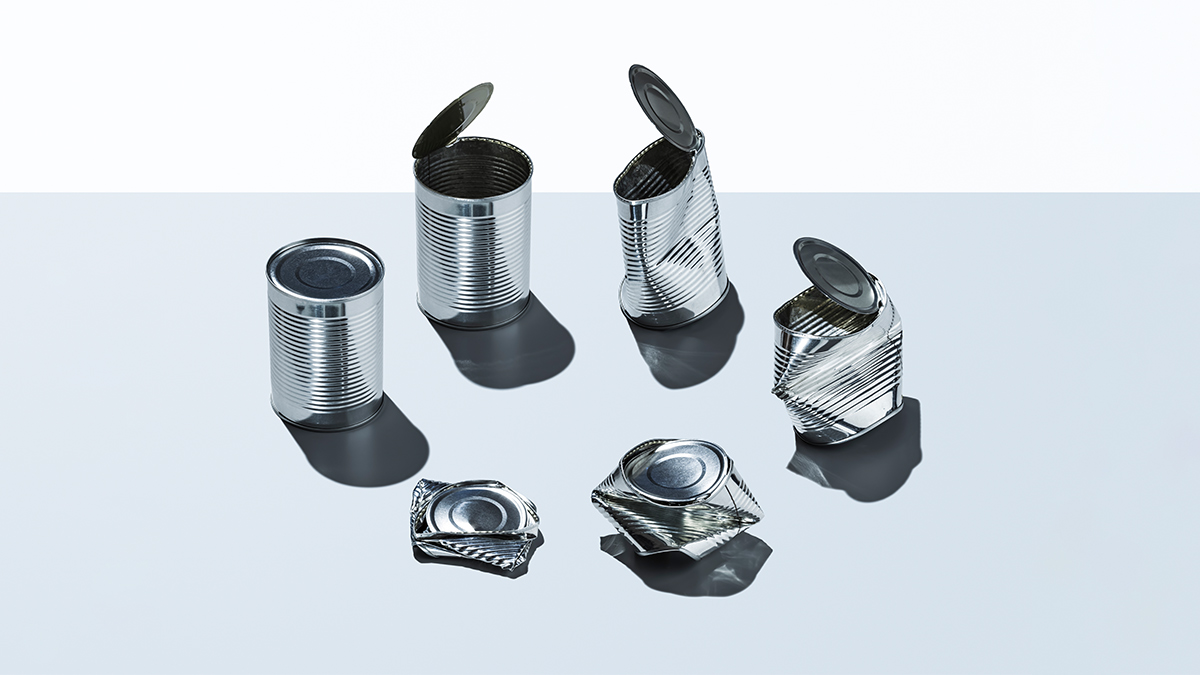Summary. Despite the interest in circular supply chains, there are very few functioning examples. The reason for this is that successful circular supply chains tend to be quite local and the products and services involved are made up of a relatively limited number of… It is widely accepted by now that the “normal” supply chains of material use — producing materials, using them, and then discarding them into landfills, other countries, or rivers and seas — are wasteful and damaging to the environment.
.
As an extreme example, in 2019 oceanographers found a plastic bag in the Mariana Trench, the deepest known point in the world’s oceans. It’s easy, therefore, to see why consumers and policymakers have become interested in the concept of the “circular” supply chain , in which at least a large fraction of materials is recycled and reused in the product. Despite the interest, we are a long way from achieving anything like circular supply chains. Take the UK as an example: only 9% of plastics are recycled , and recycling in general has stagnated at 45% since 2017, with a large fraction of collected materials not recycled but incinerated, to the concern of environmentalists . So […]
Case Study: How PepsiCo achieved 96% cost savings on tooling with 3D Printing Technology
Above: PepsiCo food, snack, and beverage product line-up/Source: PepsiCo PepsiCo turned to tooling with 3D printing...





0 Comments